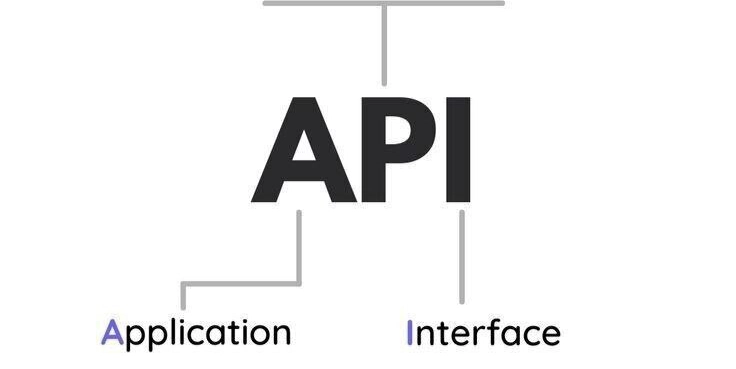
3 Ways to Manage Side Effects in Web Development for Cleaner Code
Side effects can plague web development, leading to code that's difficult to test, understand, and maintain. But, there are clear strategies to navigate this challenge. Let's explore three effective options for managing side effects in your web development projects and writing cleaner code.
1. Embrace Functional Languages: Elm and Roc
Want to virtually eliminate side effects? Consider languages designed from the ground up to be purely functional.
- Elm (for UI): Elm offers a fantastic option for building user interfaces without the hassle of side effects.
- Roc (for API/CLI): Roc is an excellent choice for crafting APIs and command-line interfaces, ensuring predictable behavior.
With these languages, all code remains pure. Unit tests focus on business logic—decisions not enforced by types. The trade-offs include a steeper learning curve and a smaller community. These languages are immune to race conditions.
2. Abstract I/O with Effect-TS
Effect-TS helps to abstract Input/Output and provides typed testing features, ensuring everything is composed together safely. You can use it with existing API/UI build systems and frameworks.
- Typed Abstraction: Effect-TS provides tools to abstract over I/O.
- Typed Testing: Effect-TS offers typed testing facilities.
Similar to functional languages, you can largely ignore side effects. The trade-offs involve learning Effect-TS, dealing with a smaller community, and addressing race conditions (though typed concurrency controls help). However, its compatibility with existing build systems makes it a significant advantage.
3. Functional Core, Imperative Shell in TypeScript
This approach involves manually separating pure code from code with side effects in TypeScript.
- Manual Separation: You're responsible for distinguishing pure functions.
- Convention-Based: This method requires creating your own organizational conventions.
TypeScript doesn't provide built-in types for exceptions or I/O type indicators. You must rely on your knowledge and unit tests. Trade-offs include an easier learning curve, a large TypeScript community, and good tooling. But, there is limited refactoring tooling, and no good types for effects.
Why Managing Side Effects Matters
Many production codebases don't separate side effects from pure code, hindering maintainability. Many developers don't understand the importance of pure code, and the issues with too many side effects. This can lead to APIs with exceptions or UIs with random null pointers, negatively affecting the user experience due to unpredictable code. Managing side effects makes development faster, more enjoyable, and easier to change the code.























